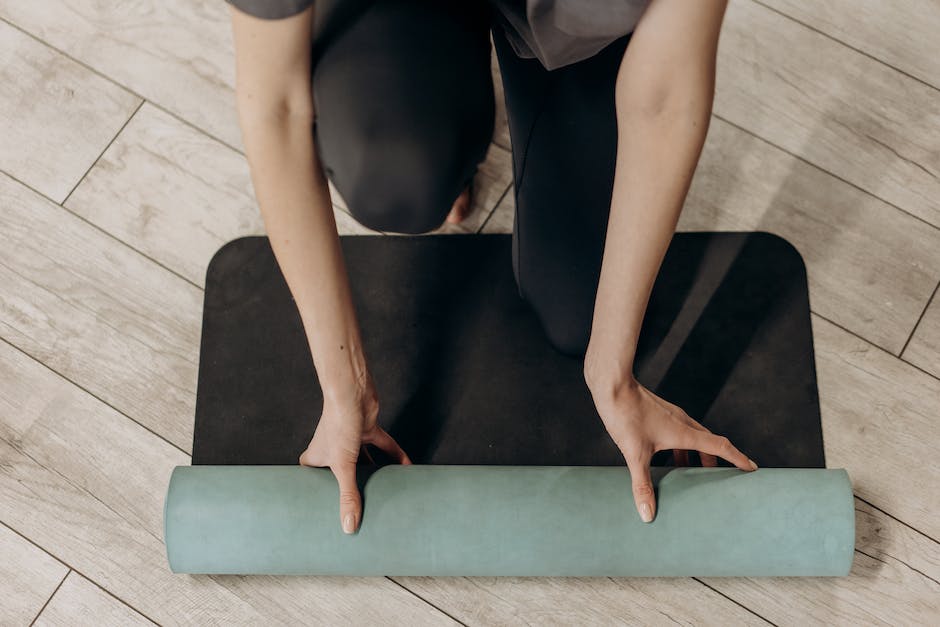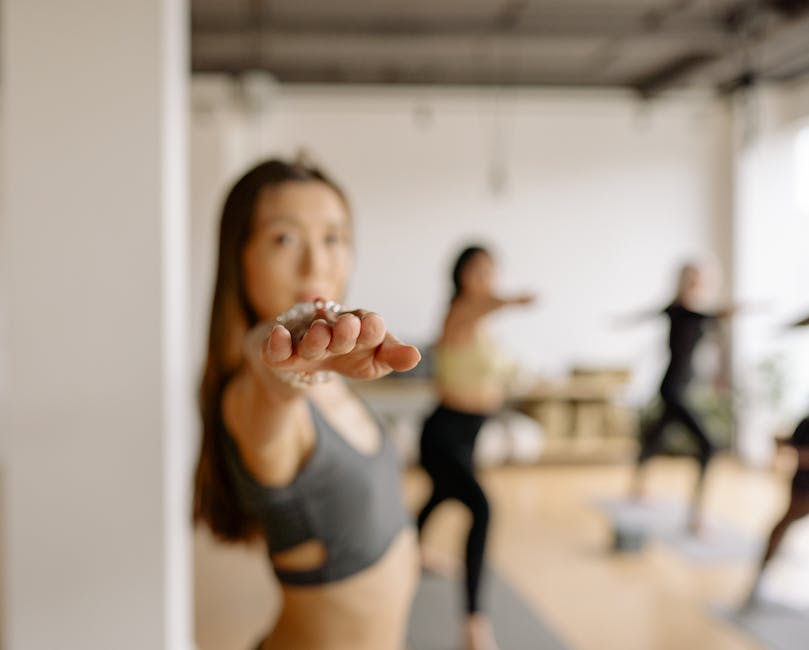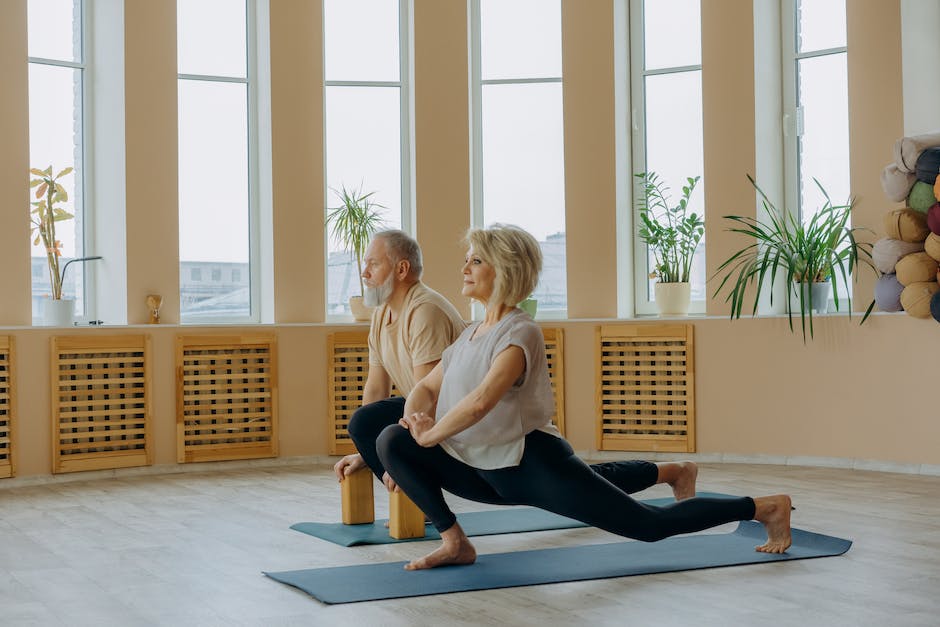
Recoving From Injuries With Yoga
Yoga is a great form of exercise for those dealing with injuries. It can help to reduce pain, improve range of motion, and promote healing. However, it is important to be mindful of any limitations or sensitivities you may have due to your injury. It is always a good idea to consult with a healthcare professional or a yoga instructor before starting any new exercise routine.
Here are five yoga exercises that can be particularly helpful for injuries:
- Child's pose (Balasana)
Child's pose is a restorative pose that can help to stretch out the lower back, hips, and thighs. It can be particularly helpful for those dealing with back pain or sciatica. To do this pose, start on your hands and knees with your wrists under your shoulders and your knees under your hips. Exhale and lower your chest down towards the floor, stretching your arms out in front of you. Hold the pose for a few deep breaths before coming back up to starting position.
- Downward-facing dog (Adho Mukha Svanasana)
Downward-facing dog is a classic yoga pose that can help to stretch out the entire back of the body. It can be beneficial for those with neck, shoulder, or upper back injuries. To do this pose, start on your hands and knees with your wrists under your shoulders and your knees under your hips. Lift your knees off the ground and straighten your legs as you lift your hips up and back, forming an inverted V shape with your body. Hold the pose for a few deep breaths before coming back down to starting position.
- Cat-cow pose (Marjaryasana-Bitilasana)
This dynamic pose can help to stretch and strengthen the spine, which can be helpful for those with lower back injuries. To do this pose, start on your hands and knees with your wrists under your shoulders and your knees under your hips. Inhale as you round your spine towards the ceiling, tucking your chin towards your chest (cat pose). Exhale as you arch your back and look up towards the ceiling (cow pose). Continue to alternate between the two poses, moving with your breath.
- Seated forward bend (Paschimottanasana)
Seated forward bend is a great pose for stretching out the hamstrings, which can be helpful for those with lower back or knee injuries. To do this pose, sit on the ground with your legs straight out in front of you. Inhale as you lift your arms up above your head. Exhale as you hinge forward from the hips, reaching towards your toes. You can hold onto your toes or use a strap if you are unable to reach them. Hold the pose for a few deep breaths before coming back up to starting position.
- Supported fish pose (Matsyasana)
This restorative pose can help to stretch out the front of the body, including the chest, neck, and hip flexors. It can be helpful for those with upper back, shoulder, or neck injuries. To do this pose, start by lying on your back with a bolster or a stack of blankets under your shoulders. Lift your head and chest off the ground, resting your elbows on the ground. Hold the pose for a few deep breaths before coming back down to starting position.
Remember to listen to your body and only do what feels comfortable for you. If you experience any pain or discomfort while doing these poses, stop immediately and consult with a healthcare professional. With some patience and consistency, yoga can be a great tool for healing and managing injuries.
Popular Blog Posts
Latest News
Unveiling Our Yoga-Centric Universe
Embark on a holistic wellness journey with our experienced team of yoga enthusiasts, instructors, and advocates. Our mission, driven by expertise and zeal, is to make yoga a rewarding and accessible practice for all skill levels—from beginners to advanced yogis. But we go beyond yoga; we also delve into complementary areas like mindfulness techniques, guided meditation, and self-care rituals. These interrelated disciplines, we assert, are essential for unlocking a balanced, serene, and fulfilling lifestyle.
Favorite Yoga Resources
Your Daily Dose of Yoga Wisdom
"Yoga transcends the conventional definitions of an exercise regime; it is a way of life, a profound science that unravels the boundless potentials of our mind and soul."
- Anamika Mishra






